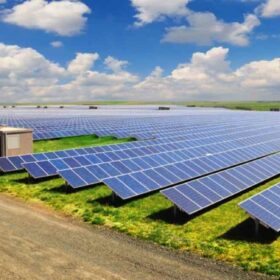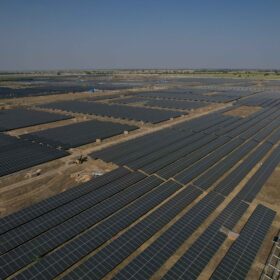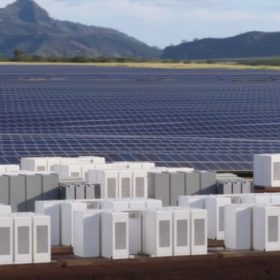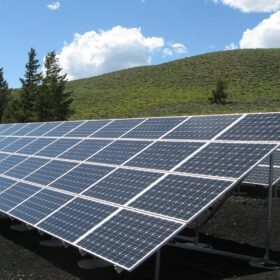Much of India’s 33 GW of coal-fired power capacity currently under construction and another 29 GW in the preconstruction stage will end up stranded, according to a new briefing note by the Institute for Energy Economics and Financial Analysis (Ieefa).
“Coal-fired power simply cannot compete with the ongoing cost reductions of renewables. Solar tariffs in India are now below even the fuel costs of running most existing coal-fired power plants,” said author Kashish Shah, Research Analyst at Ieefa.
Compared to renewables with practically zero marginal generation costs, coal-fired generation with inflationary coal and coal transportation costs is a significantly expensive option for Discoms. The continued financial distress in India’s power distribution sector makes thermal power purchase agreements (PPAs) even more unbankable.
Given these issues, investors’ interest in the coal sector is already waning.
“In the last 12 months, no new coal-fired power plants have been announced, and there has been no movement in the 29 GW of preconstruction capacity. This reflects the lack of financing available for new coal-fired power projects, and also the flattening of electricity demand growth, which has impacted coal the most,” Shah added.
Despite these headwinds, the Central Electricity Authority (CEA) still projects India will reach 267 GW of coal-fired capacity by 2030, which would require adding 58 GW of net new capacity additions – or about 6.4 GW annually.
Ieefa note points out it is “highly improbable” that the CEA’s projections will materialize given the ongoing financial and operational stress in the thermal power sector and puts the case that India’s coal capacity requirements should be urgently revised.
“Any projections for India’s future generation mix should take into account that new coal-fired power plants are likely to become stranded assets,” said Shah.
“The new capacity would only be economically viable if it replaced end-of-life, polluting power plants with outdated combustion technology and locations remote to coal mines.
“Even then, there would need to be sufficient coal plant flexibility to deliver power into periods of peak demand, and the time-of-day pricing would need to be high enough to justify the low over-the-day utilization rates,” Shah added.
This content is protected by copyright and may not be reused. If you want to cooperate with us and would like to reuse some of our content, please contact: editors@pv-magazine.com.









3 comments
By submitting this form you agree to pv magazine using your data for the purposes of publishing your comment.
Your personal data will only be disclosed or otherwise transmitted to third parties for the purposes of spam filtering or if this is necessary for technical maintenance of the website. Any other transfer to third parties will not take place unless this is justified on the basis of applicable data protection regulations or if pv magazine is legally obliged to do so.
You may revoke this consent at any time with effect for the future, in which case your personal data will be deleted immediately. Otherwise, your data will be deleted if pv magazine has processed your request or the purpose of data storage is fulfilled.
Further information on data privacy can be found in our Data Protection Policy.